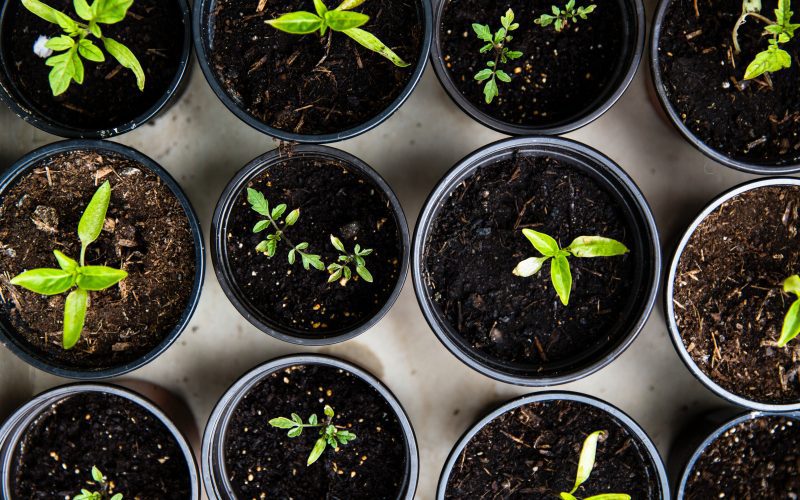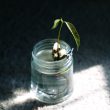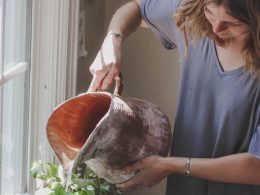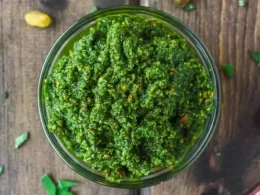Fresh herbs are an essential ingredient in many dishes, adding flavor, aroma, and nutrition. While it’s easy to buy herbs from the grocery store, growing your own herbs can be a rewarding and cost-effective way to ensure a steady supply of fresh herbs for your cooking needs. In this article, we’ll take a look at the journey of growing fresh herbs from seed to plate, including the necessary steps and tips for success.
Choosing the Right Herbs
The first step in growing fresh herbs is choosing the right herbs to grow. Some popular herbs for cooking include basil, parsley, cilantro, thyme, rosemary, and mint. Consider the herbs you use most frequently in your cooking and choose those to grow. Also, consider the climate and growing conditions in your area, as some herbs may be better suited to certain environments.
Starting from Seed
Once you’ve chosen your herbs, it’s time to start from seed. You can purchase herb seeds from a local nursery or online. Follow the instructions on the seed packet for planting depth and spacing. Most herbs prefer well-draining soil and plenty of sunlight, so choose a location that receives at least six hours of direct sunlight per day.
Caring for Your Herbs
After planting your seeds, it’s important to care for your herbs properly. Water your herbs regularly, but be careful not to overwater, as this can lead to root rot. Fertilize your herbs every few weeks with a balanced fertilizer. Prune your herbs regularly to encourage bushy growth and prevent them from becoming too leggy.
Harvesting Your Herbs
Once your herbs have reached maturity, it’s time to harvest them. Harvesting your herbs regularly will encourage new growth and ensure a steady supply of fresh herbs. Use sharp scissors or pruning shears to cut the stems just above a set of leaves. Avoid cutting more than one-third of the plant at a time, as this can stress the plant and reduce its overall health.
Using Your Fresh Herbs
Now that you’ve grown and harvested your fresh herbs, it’s time to use them in your cooking. Fresh herbs can be used in a variety of dishes, including soups, stews, salads, and marinades. They can also be used to make herb-infused oils and vinegars. When using fresh herbs, be sure to add them towards the end of the cooking process to preserve their flavor and aroma.
Conclusion
Growing fresh herbs for cooking is a rewarding and cost-effective way to ensure a steady supply of fresh herbs for your cooking needs. By choosing the right herbs, starting from seed, caring for your herbs properly, harvesting them regularly, and using them in your cooking, you can enjoy the full journey of growing fresh herbs from seed to plate.












